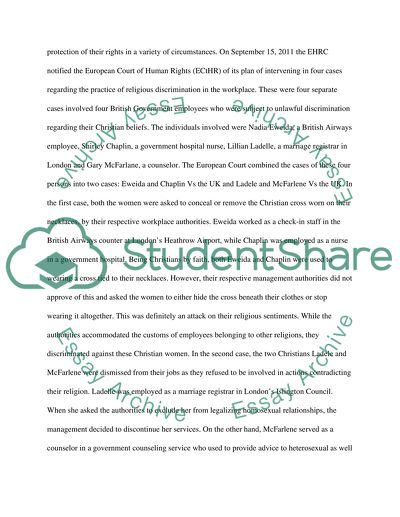Cite this document
(“The Equality and Human Rights Commission (EHRC) Essay”, n.d.)
The Equality and Human Rights Commission (EHRC) Essay. Retrieved from https://studentshare.org/law/1441186-should-the-ehrc-intervene-in-these-cases-discuss
The Equality and Human Rights Commission (EHRC) Essay. Retrieved from https://studentshare.org/law/1441186-should-the-ehrc-intervene-in-these-cases-discuss
(The Equality and Human Rights Commission (EHRC) Essay)
The Equality and Human Rights Commission (EHRC) Essay. https://studentshare.org/law/1441186-should-the-ehrc-intervene-in-these-cases-discuss.
The Equality and Human Rights Commission (EHRC) Essay. https://studentshare.org/law/1441186-should-the-ehrc-intervene-in-these-cases-discuss.
“The Equality and Human Rights Commission (EHRC) Essay”, n.d. https://studentshare.org/law/1441186-should-the-ehrc-intervene-in-these-cases-discuss.


